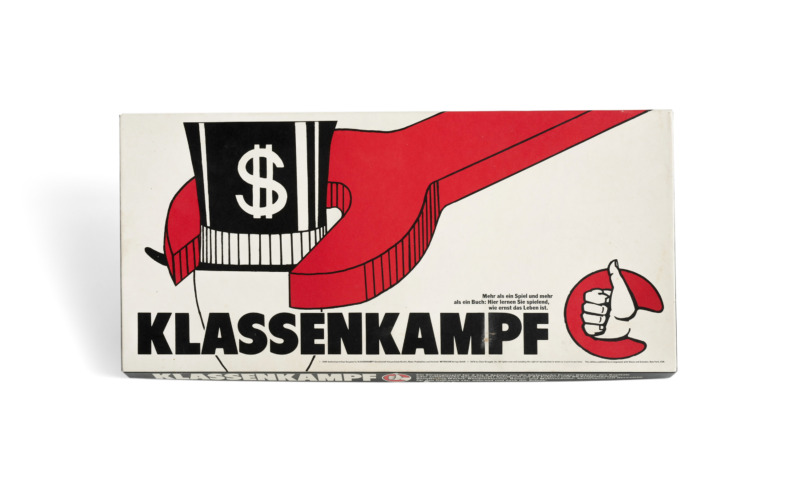Gerhard Marcks’ candy plate combines six small, square bowls with one tray.
The round edges and fluted handles contrast its functional and plain production form and bear Marcks’ individual, artistic marks. One year after release, the economic success of the dish lead to the fabrication of a bigger version, made for raw vegetables. Both sets are available in white and celadon porcelain and with different patterns.
In 1925 former Bauhaus master Gerhard Marcks leaves the Bauhaus school, that moves from Weimar to Dessau under Walter Gropius as director. Some of his students, like Marguerite Friedlaender, follow him to Kunstgewerbeschule Burg-Giebichenstein in Halle, which started a cooperation with the Staatliche Porzellan-Manufactur Berlin. From 1930, this working group releases new crockery under the motto Porcelain for the New Housing. The Deutsche Werkbund values the results as exemplary.
Marcks’ design can be understood as an alternative to the Bauhaus programme “Art and Technology – a New Unity” starting in 1923, which promotes a spotlight on industrial design. Marcks refuses Gropius’ focus on a purely technical form. Instead, he considers himself as a “romantic Bauhaus member of the old crew, who swore on handcraft and didn’t want go along with the technology trend and thus the relocation to Dessau”. Still, his designs remain the affair of a small group of prosperous consumers.
The candy plate is part of the special exhibition “Decoration as Trespass?”, extended until 13 April 2020, which is devoted to the popular spray décor of the 1920s and 1930s and the associated socio-economic and technical-artistic discourses.

